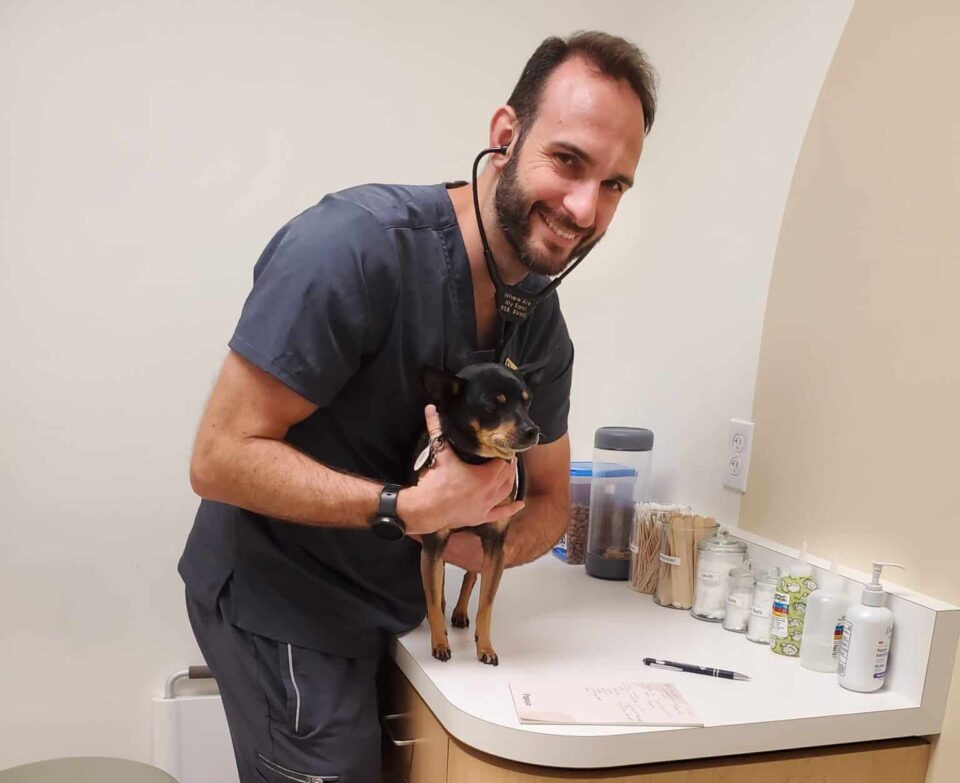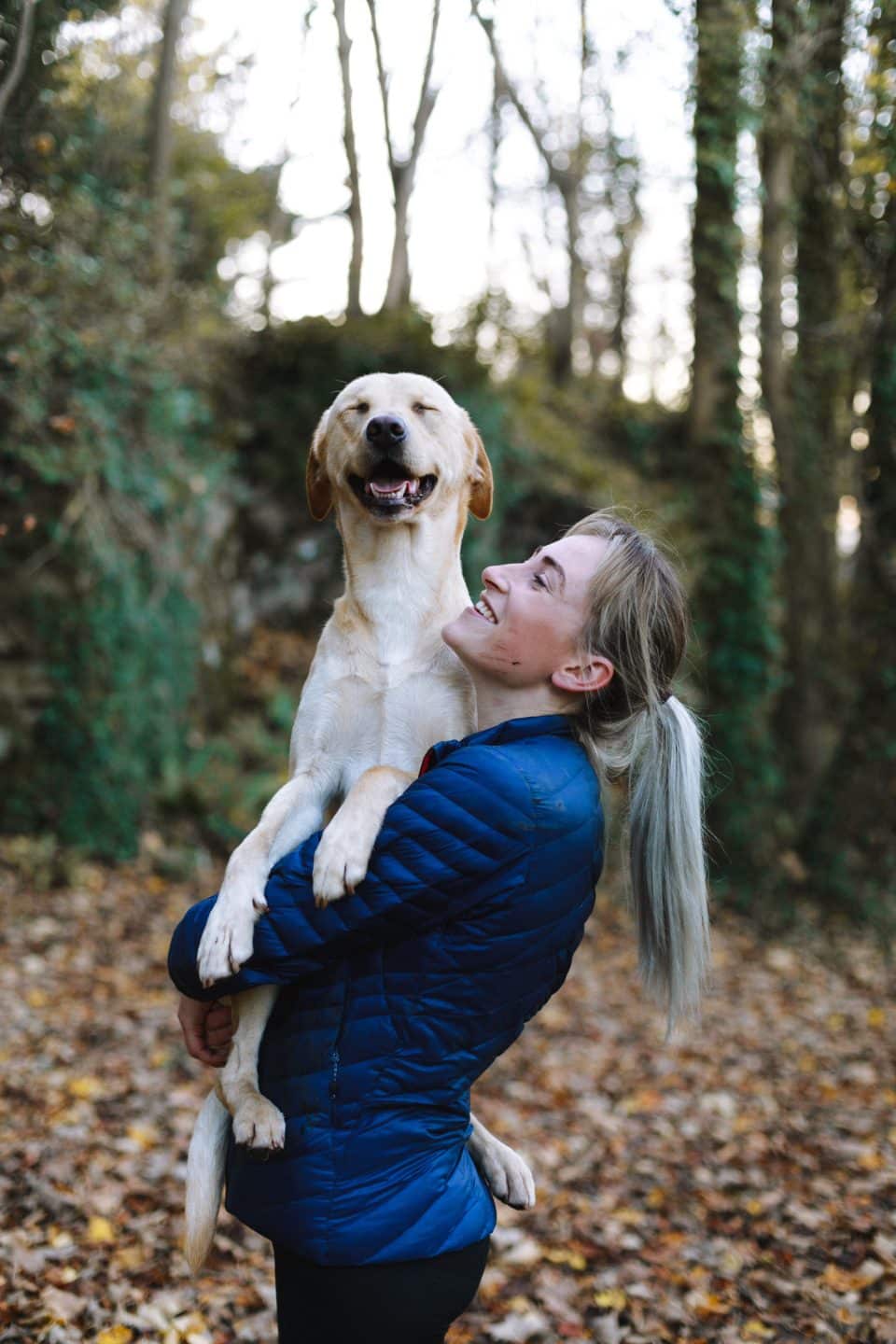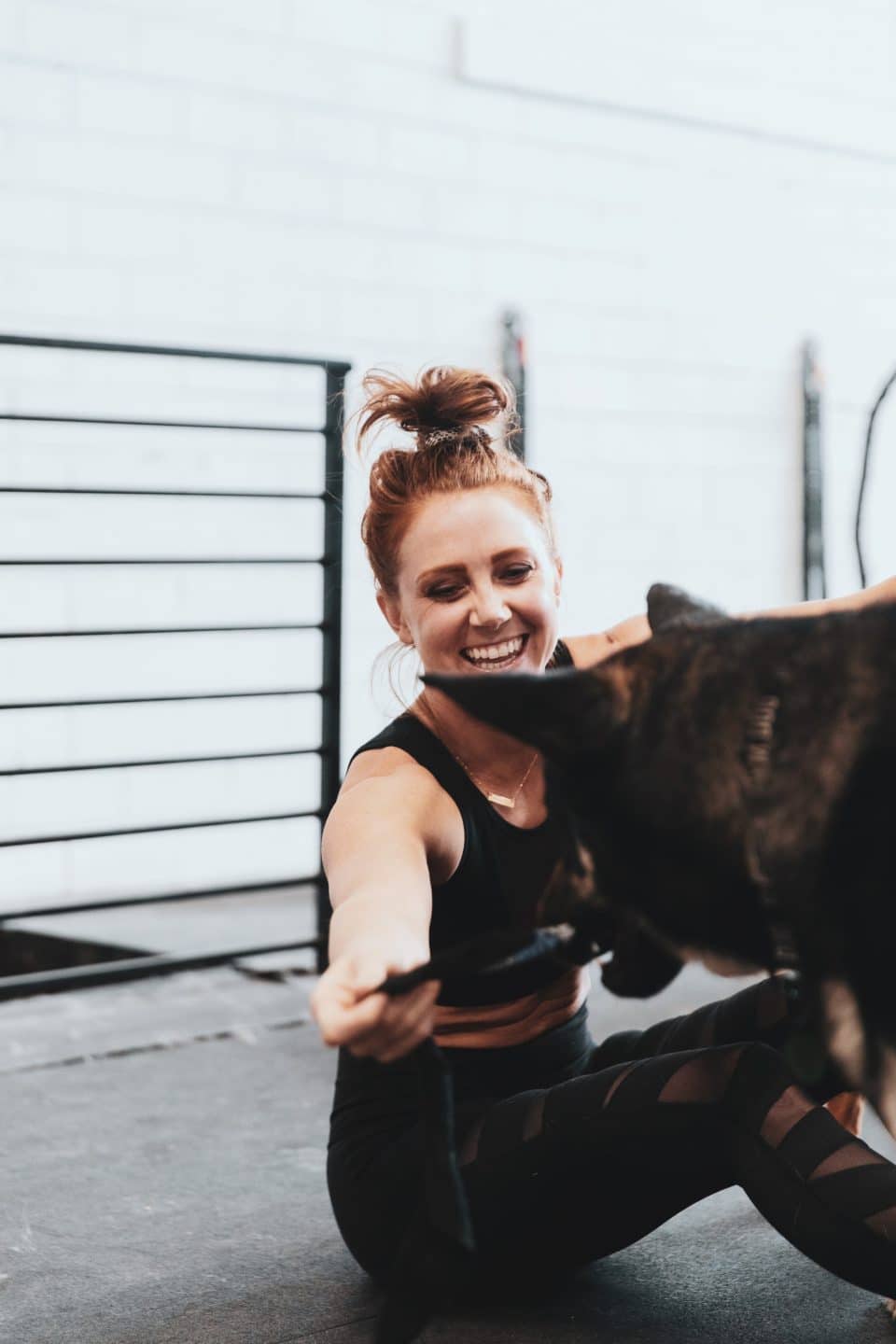Pet Care
7 min read
Navigating the Murky Waters of Pet Illness: How to Care For Your Sick Dog or Cat
Published on Jun 22, 2023

When you first bring a furry friend into your life, you imagine endless days of play, cuddles, and companionship. But when your beloved pet falls ill, it’s like a dark cloud hovering over your shared sunshine. The change can be distressing whether it’s a sick dog that once couldn’t wait for its morning walk or a cat being sick, once a frisky, curious explorer. But don’t worry – with the right knowledge and a loving heart, you can help them navigate these stormy seas. This comprehensive guide will equip you with essential tips to care for your sick pet and shine a ray of hope through the gloom.
Deciphering the Signs: Identifying When Your Pet Is Sick
The first hurdle in helping a sick pet is recognizing they’re unwell. Remember, your pet can’t tell you they’re feeling bad, so it’s up to you to spot the signs. Some symptoms to watch out for include:
- Changes in appetite or water consumption
- Lethargy, lack of energy, or increased sleep
- Vomiting, diarrhea, or changes in urination
- Unexplained weight loss or gain
- Coughing, sneezing, or abnormal discharges
- Sudden changes in behavior or mood
Any of these symptoms could signal that your dog is sick or your cat isn’t feeling well. If you notice these signs, it’s best to consult your vet immediately.
Charting the Course: Providing Basic Care for Your Sick Pet
Once your vet has diagnosed your pet’s ailment, you’ll need to follow their guidance to care for your little patient. Here’s a snapshot of what basic care for a sick pet might involve:
Maintaining Hydration: Dehydration can exacerbate health problems, especially if your pet has been vomiting or has diarrhea. Make sure fresh water is always available and encourage them to drink.
Balanced Nutrition: Your vet might recommend a specific diet to aid your pet’s recovery. Stick to this regimen, as proper nutrition is crucial for their health.
Comfortable Resting Area: Just like us, pets need plenty of rest when they’re sick. Create a cozy, peaceful space where your pet can rest undisturbed.
Tender Loving Care: Never underestimate the healing power of love and comfort. Spend time with your pet, reassure them with your presence, and keep their spirits high.
Playing Nurse: How to Administer Medications
Administering medication to a pet can feel like a herculean task. Fear not! It’s okay to feel overwhelmed but remember, you’re not alone. Vets and vet technicians are always there to guide you; with practice, you’ll become more confident. Here’s a more detailed guide to help you:
Pills
Hiding the pill in a treat or using pill pockets from the pet store often works like a charm. But what if your little furball is too smart for its own good and refuses it anyway? In that case, you might need to place it directly in their mouth. Here’s a step-by-step guide:
- Hold the pill between your thumb and index finger.
- Using your other hand, gently hold your pet’s head from the top and tilt it slightly backward.
- With your middle finger, gently open your pet’s lower jaw and place the pill as far back on the tongue as possible.
- Close your pet’s mouth and hold it shut. Gently rub their throat or blow on their nose to encourage swallowing.
- Be patient and give them lots of praise or a treat as a reward afterward!
Liquid Medicine
Some pets might prefer this to pills, but administering liquid medicine has its own challenges. You can’t mix it in the food as they might not eat it all, and dosage accuracy is crucial. Here’s how to give liquid medicine using a dropper or syringe:
- Draw up the prescribed amount of medication in the syringe or dropper.
- Approach your pet calmly and hold them securely.
- Gently open your pet’s mouth and place the dropper between the cheek and gums.
- Slowly release the medication, allowing your pet time to swallow. Never squirt the medication as it may go into the windpipe and cause choking.
- After giving the medication, reward your pet with praises or a small treat.
Injections
If your pet needs injections, your vet will guide you on the right technique. Here are some general steps:
- Prepare the injection as instructed by your vet.
- Choose an injection site as advised by your vet. The scruff of the neck is often used for subcutaneous (under the skin) injections in dogs and cats.
- Pinch the skin to form a tent and insert the needle at the base.
- Pull back a bit on the plunger to ensure you’re not in a blood vessel (if you see blood, remove the needle and try a new spot).
- Push the plunger to administer the medication, then remove the needle swiftly.
- Reward your pet with lots of love and perhaps a small treat!
It’s essential to remember, even if you feel like a skilled vet tech, never deviate from the vet-prescribed dosage or frequency. If you’re facing issues, consult your vet rather than make decisions yourself. It’s a team effort – you, your pet, and your trusted vet, all working together for the wellness of your furry family member.
Keeping Track: Monitoring Your Pet’s Progress
Keeping a close eye on your pet’s symptoms and progress is essential when they’re sick. This doesn’t just mean watching for improvements. Sometimes, conditions can worsen, or side effects from medication may emerge. By maintaining a daily log of your pet’s behavior, appetite, energy levels, and physical symptoms, you can share accurate updates with your vet. This record can provide your vet valuable insights and help adjust your pet’s treatment plan as needed.
Creating a Comfortable Environment for Recovery
When your beloved pet is under the weather, creating a soothing environment can significantly aid their recovery. It’s about more than just warm blankets – it involves a holistic approach to their wellness.
- A Calm Atmosphere: Pets pick up on our emotions, so maintain a calm demeanor around your sick pet. Soft voices, gentle touch, and peaceful surroundings can create a relaxing atmosphere.
- Proper Nutrition and Hydration: A balanced diet and fresh water are essential but are paramount during illness. Your vet might recommend specific dietary changes, ensure to follow them diligently. Always keep clean water within your pet’s reach.
- Cleanliness: A clean environment is crucial to prevent the risk of secondary infections. Regularly clean your pet’s bedding, litter box (for cats), or any area they frequently use.
- Comfortable Bedding: Provide your pet with soft, comfortable bedding. It should be warm and snug, ensuring your pet can rest without any discomfort.
- Stress Reduction: Some pets may feel anxious when they’re unwell. Consider pet-safe anxiety reducers, such as pheromone diffusers, or calming music designed for pets. For cats, a hiding place or elevated perch can offer a sense of security.
- Gentle Exercise: If your pet is up for it, light physical activity can promote healing. A gentle stroll with your dog or a low-key play session with your cat can uplift their spirit.
Creating a nurturing environment for your sick pet demonstrates your unwavering love for them in their time of need. It can ease their discomfort, reduce their stress, and ultimately, support them on their road to recovery.
Common Health Issues in Dogs and Cats
Just like humans, dogs and cats can be susceptible to various health issues. By understanding these, we can recognize signs earlier and seek treatment promptly. Knowing about common pet illnesses can help you spot potential health issues early on. Here’s a brief overview of some ailments that can affect dogs and cats:
Dog Health Issues
- Respiratory Infections: Dogs can be prone to various respiratory infections caused by viruses, bacteria, or fungi. Symptoms can include coughing, wheezing, runny nose, and difficulty breathing.
- Gastrointestinal Issues: These can range from dietary indiscretions leading to upset stomachs to more serious conditions like pancreatitis or inflammatory bowel disease. Vomiting, diarrhea, loss of appetite, or abdominal pain can indicate GI problems.
- Skin Conditions: Various skin problems can afflict dogs, including allergies, bacterial infections, and parasites like fleas and mites. Itching, scratching, redness, or unusual spots on the skin can all be signs of skin issues.
- Canine Parvovirus: This highly contagious viral disease can lead to severe and potentially fatal complications. Puppies are especially at risk. Symptoms include lethargy, loss of appetite, vomiting, and severe, often bloody, diarrhea. Prompt veterinary care is vital.
Cat Health Issues
- Urinary Tract Infections (UTIs): Cats, particularly males, are susceptible to UTIs and other lower urinary tract diseases. Symptoms include frequent urination attempts, blood in the urine, or urinating outside the litter box.
- Dental Problems: Cats are prone to dental diseases like periodontitis and tooth resorption. Regular dental check-ups are vital as cats often hide dental pain.
- Upper Respiratory Infections: These are common in cats, especially those from shelters or stray backgrounds. Symptoms may include sneezing, nasal discharge, conjunctivitis, or loss of appetite.
Early detection of these health issues can be crucial in mitigating their effects and improving your pet’s prognosis. Regular vet check-ups, keen observation of your pet’s behavior and habits, and prompt attention to any changes can all aid in this detection. Remember, when it comes to health, both ours and our pets’, prevention is always better than cure.
Sailing Towards Healthier Days
Caring for a sick pet can feel like a daunting journey, but with the right knowledge and a loving heart, you’ll find the strength you need. Remember, your pet’s illness isn’t a solitary battle; you’re in this together, their faithful companion in times of health and sickness. With this guide, you can provide the care your sick dog or cat needs and help them return to their playful, happy selves. Your journey through this challenging time will fortify the bond you share, making the sunny days to come even more precious.
This guide does not replace professional veterinary advice. Always consult with a licensed veterinarian like those at Papaya Veterinary Care for your pet’s health concerns.














